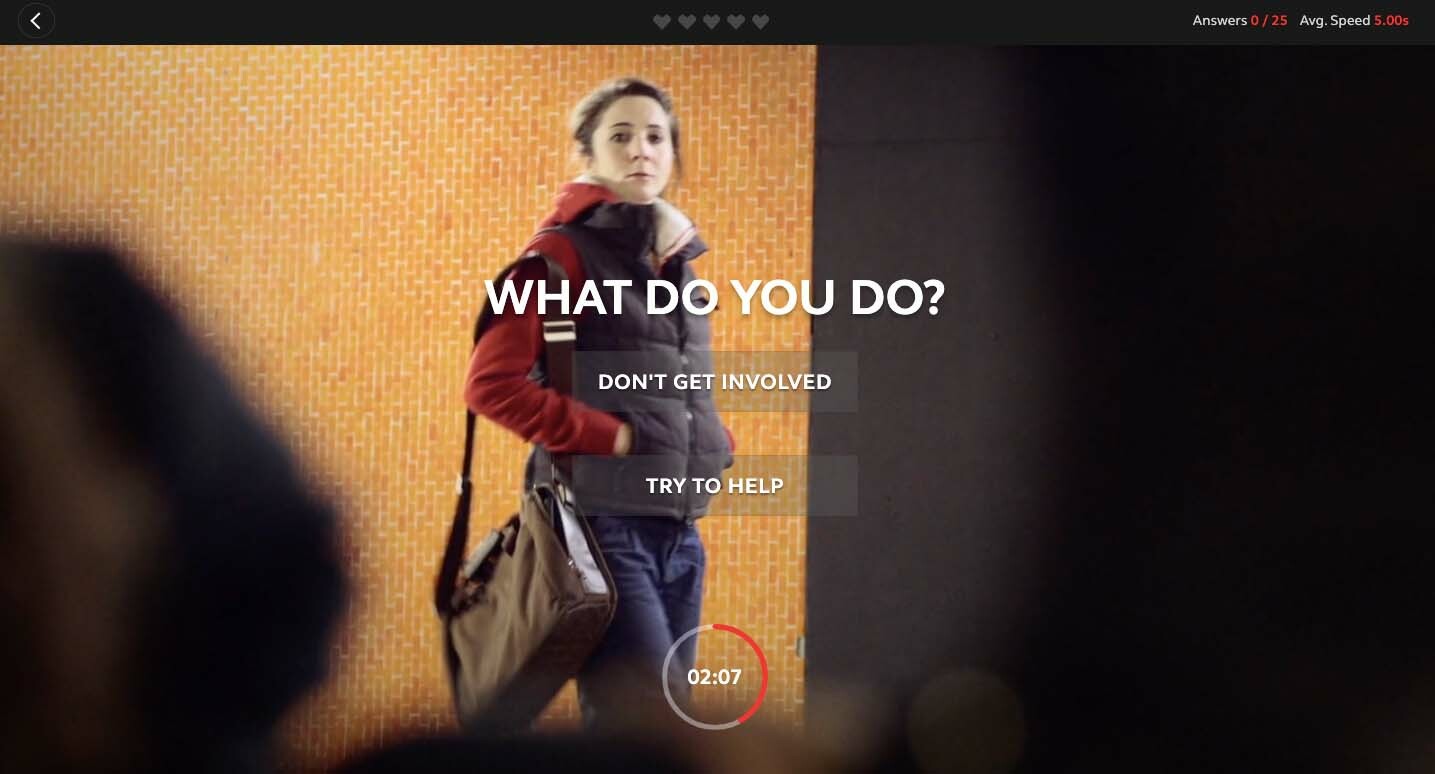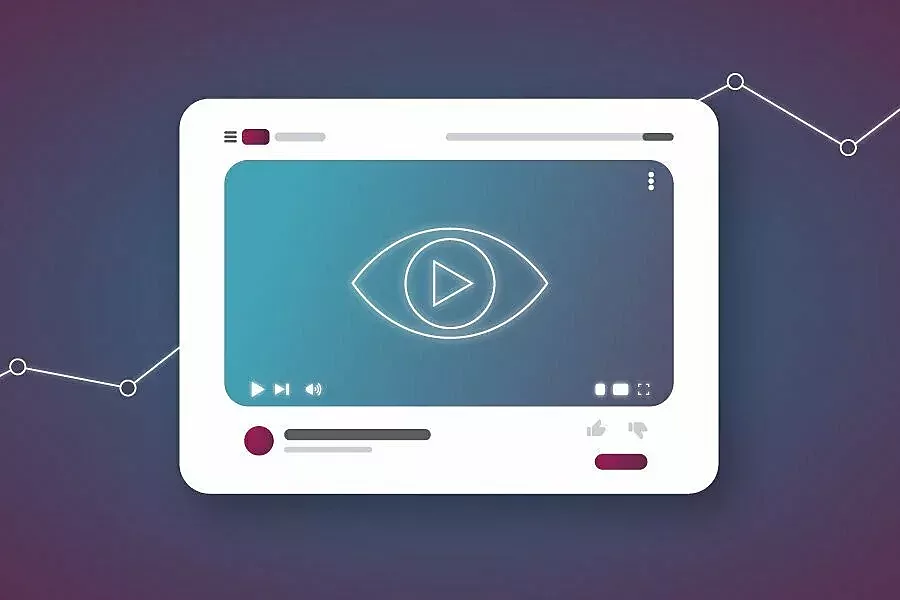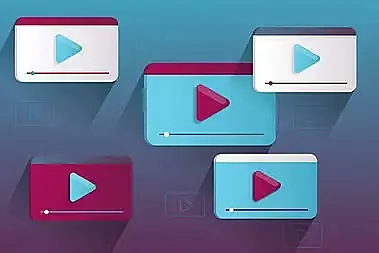Have you ever watched a tutorial on YouTube, read a recipe in a blog or listened to an educational podcast? If you have, you were – whether you realised it or not – part of modern, 21st century education: E-learning. The range of options available with this educational format is why more and more companies are using it to train their employees.
It does not matter what professional field you are in or how successful you are. Regardless of whether you are a robotics engineer, a programmer, an administrator, or an accountant you need to keep your knowledge and skills current. Education should not end when you have a few letters after your name after completing your degree. Learning should be life-long, and e-Learning is the key.
All organisations want their employees to be educated and trained on an on-going basis as they will be productive and professional. This is where E-learning enters the picture. With digital training programs – which are available indefinitely – employees can acquire new knowledge and information at a time and pace that suits them.
For example, we created an internal video, which is intended mainly for new employees, for the international company Testo. The video explains how important intercultural awareness is and makes suggestions on how to improve it.
An animated video offered by Testo to its employees.
Video has been used as an educational tool for many years, but this pandemic period has significantly increased the necessity for it and its popularity. During lockdown huge numbers of people searched for content on YouTube that could teach them new skills or information. This ranged from "how to" tutorials on an array of skills or activities, to cooking and baking recipes, to learning a new language, or even beginning a diploma or degree online.
As many as 58% of respondents to a Google study said they use online video to acquire new skills. The time spent globally watching instructional videos that include the keyword "home" has increased by more than 50% year on year.
We humans are naturally curious and like to learn new things, but it must be presented in an attractive way. A study from Wyzowl 2021 reveals several interesting findings:
- 89% of people say that video is an effective training tool.
- 96% of respondents say that it is important for them whether their employer offers training and other educational opportunities.
- 93% of respondents say that they feel more satisfied at work thanks to the training.
The above statistics all point to the importance of education and training for employees and that video is the most powerful tool to effectively deliver it. Companies cannot be complacent and should educate their staff on an ongoing basis in the manner they enjoy the most: through video.
What exactly is E-learning?
Simply put, e-learning is an educational process that uses information technology to create transfer knowledge and skills, manage a course or program of studies, and administer tests. This makes it an education methodology worthy of, and suitable for, the 21st century.
E-learning content can be integrated into the company's Learning Management System (LMS) which is a software application for managing and administering E-learning on the company's intranet. Alternatively, content can be released though the internet which allows access from anywhere.
Depending on the platform used, there are several ways to communicate and / or collaborate which allow interaction and mutual content creation and sharing. The individual’s understanding of the topic at the end of the E-learning program can be assessed through interactive games, quizzes, and / or tests.
A short presentation of training videos for Bosch, the total length of which was approximately 90 minutes.
The basic building block of E-learning is interactivity. Participants can control the teaching material in ways and contact their teachers or other learners. Some courses are prepared in advance and students can take them at their own pace. Others are broadcast live, and participants can interact in real time through their devices.
Learning through play
Imagine you have started a new job. The company is huge and there are codes of conduct and structures within it. Your new employer will give you two ways to learn about them: several documents full of text explaining what situations are not suitable at work, or a short two-minute video.
We would be most surprised if you did not opt for the video. Learning from text documents is challenging for many people. However, when images and sound are added, the whole learning process is suddenly less challenging and more engaging.
This video was created for Bayer to introduce employees to the basic rules of their company.
Three days after hearing or reading new information, most of us are likely to only remember 10% of it. However, if the same content is presented in video form, retention increases to 65% of the information. E-learning videos have a positive effect on the learning of all people, regardless of age. As many as 91% of educational institutions agree that video significantly contributes to student satisfaction.
In addition, E-learning programs often include course evaluations. The participant uses a short quiz or a memory game to assess what he has learned. Self-assessment further increases engagement and supports faster and more effective learning.
What are the benefits of E-learning for companies?
#Cost savings
Classic training requires the hiring of an expensive instructor if there is not an inhouse one. Bringing someone in involves not only their fee but associated costs such as the provision of premises and / or accommodation. E-learning saves these costs.
#More employees are trained and at a faster pace
E-learning provides companies with the greatest possible flexibility in terms of space and time. Businesses can train their people anytime, anywhere, and as many times as they want.
By contrast, with traditional training instructors and participants are bound by fixed schedules and must often invest time and energy in travel. In addition, the creation and updating of classic content takes much longer compared to online courses. For example, Google has been able to increase the number of YouTube professionals trained annually by developing certified video training.
#Higher return on investment
Every time an employee enrols in an E-learning course the company's return on investment increases. Why? Because the knowledge contained in the course is immediately available, accessible easily and at any time, and no longer costs the company anything. Well trained and better motivated staff are more productive too.
#Consistent quality
By creating an E-learning course, companies also avoid inconsistencies in the quality of teaching. In traditional training this is difficult to ensure as instructors change, and some are better than others.
#Multilingualism
This final point applies mainly to international companies. The same course can be presented in different languages. Companies therefore do not have to arrange separate training for different language groups.
How do you make a quality
E-learning video?
Following a study led by Vanderbilt University several recommendations for a successful educational video were published. They make interesting reading:
- Keep the video short and tailor it to specific educational goals.
- Highlight the explanation of the topics with visual and audio elements.
- Divide the content into blocks so that it is easy to process.
- Highlight important concepts with colours or symbols.
- Try to use a casual, fun stylethat will appeal to your audience.
- Use questions, interactive elements, or additional tasks that support active learning.
- Optimize your mobile course content to make access even easier.
In our studio we have also proven the effectiveness of other features that add to the success of educational videos. We are happy to share with them:
Involve our own people
Companies that have hired a new employee want to provide him with as much information as possible in the first days. Introducing corporate culture and team members in a short period can be really challenging, especially if it is a large company. An excellent solution is to involve your employees – or just their voices – in the production of a video as Dropbox did with theirs.
Dropbox employees in the form of animated characters present the company's culture
Interactive content
81% of marketers agree that interactive content attracts and retains attention far better than static content. For example, you can add a short quiz to each clip to engage your audience. You can also give participants a sense of control by allowing them to pause, skip, or rewind.
An example of great interactive videos is a project called "Life Saver" by the British Resuscitation Council. Thanks to the action scenarios, the viewer is taken to the centre of the action and crisis where he makes crucial decisions and acquires basic life-saving skills. Try it for yourself:

Interactive videos on Livesaver place pressure on the viewer to make life-and-death decisions
Microlearning
When it comes to E-learning, many people imagine lengthy online courses, live one-hour seminars, and so on. Nowadays, however, shorter formats are far more successful and effectively convey a lot of information in a short time. Therefore, we recommend dividing the content into micro parts.
One example of how to do this is a channel called Kurzgesagt - In a Nutshell, which already has almost 15 million global subscribers. Their series of brief animated videos explains a wide range of interesting subjects using concise storytelling and consistent style. The channel has already reached more than 1.3 billion views and their most watched video is about the Corona virus, or Covid-19.
This video by Kurzgesagt - In a Nutshell explains about Covid in an engaging, effective way
This video has 30 million views and confirms the undeniable power of the educational video. In just 8 minutes and 34 seconds the video explains: what a virus is, how this coronavirus spreads, how it affects the body, and what people can do to stop it from spreading.
Storytelling
We have already devoted several articles to the power of storytelling. Human beings remember information that is incorporated into the story 22 times better than content that has no narrative form. When we combine information with emotions, more parts of our brain are activated, the neurotransmitter dopamine is released, and our recall is far stronger.
E-learning video on blockchain: an effective, brief storytelling on a complex topic
Whether companies need to do health and safety training or teach their marketing team about the latest sales trends, E-learning is a wonderful solution. It effectively mediates educational content thanks to its flexibility, standardization, and time and cost efficiency.
If you want to provide your employees with an effective educational experience enhanced by moving visuals, do not hesitate to contact us.



